Snake plants (Sansevieria trifasciata) are among the most popular and hardy houseplants available today. With their elegant upright leaves, minimal care needs, and air-purifying properties, they’ve earned a permanent spot in many homes and offices. However, like any plant, snake plants have specific watering preferences, and both overwatering and underwatering can lead to problems.
While they’re often labeled as “almost impossible to kill,” snake plants do show clear signs when their watering needs aren’t being met. The key to keeping your snake plant thriving lies in reading these signs early and adjusting your care routine accordingly.
In this guide, we’ll break down the detailed signs your snake plant may show when it needs more or less water — and how to fix the issue.
Understanding Snake Plant Watering Basics
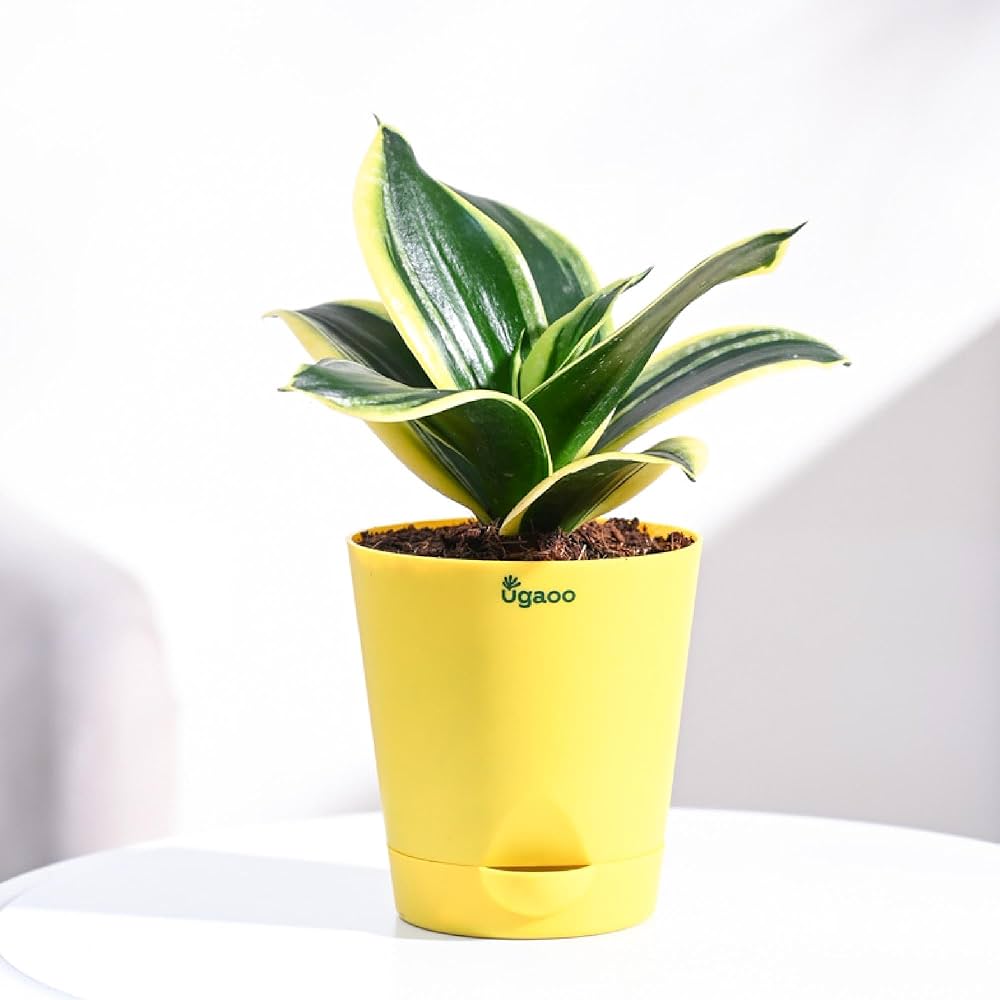
Before identifying the signs, it’s important to understand that snake plants are succulent-like species that store water in their thick leaves. Originating from arid regions of West Africa, they prefer dry soil and infrequent watering.
General watering rule for snake plants:
- Water when the top 2–3 inches of soil feels dry to the touch.
- Less water in fall and winter, more in spring and summer when temperatures rise and growth is active.
Yet, environmental factors like light, pot size, humidity, and temperature can all affect how much and how often your snake plant needs water. That’s why knowing the visible signs of both underwatering and overwatering is crucial.
Signs Your Snake Plant Needs Less Water (Overwatering Symptoms)
Overwatering is one of the most common causes of snake plant problems. Here’s how to spot it:
Yellowing Leaves
When snake plant leaves turn yellow, especially at the base, it’s often a sign of overwatering. The roots might be sitting in soggy soil, depriving them of oxygen and causing leaves to lose their healthy green color.
Soft, Mushy, or Soggy Leaves
Snake plants store water in their leaves. When they absorb too much water, the cells burst, leading to a soft, squishy texture, particularly near the base. This is a serious warning sign.
Foul-Smelling Soil
If your plant’s soil smells musty, sour, or rotten, it’s likely staying too wet, allowing bacteria and fungi to thrive and cause root rot.
Soil Remains Wet for Days
A snake plant’s soil should dry out fairly quickly. If it remains damp for several days after watering, your soil might be too dense, or your watering schedule too frequent.
Leaves Drooping or Wilting
Paradoxically, overwatered snake plants may look droopy or wilted even though the soil is wet. That’s because decaying roots can no longer support the leaves.
Brown, Mushy Roots (On Inspection)
If you gently remove the plant and notice brown, slimy, or soft roots, root rot has begun due to excess moisture
Signs Your Snake Plant Needs More Water (Underwatering Symptoms)
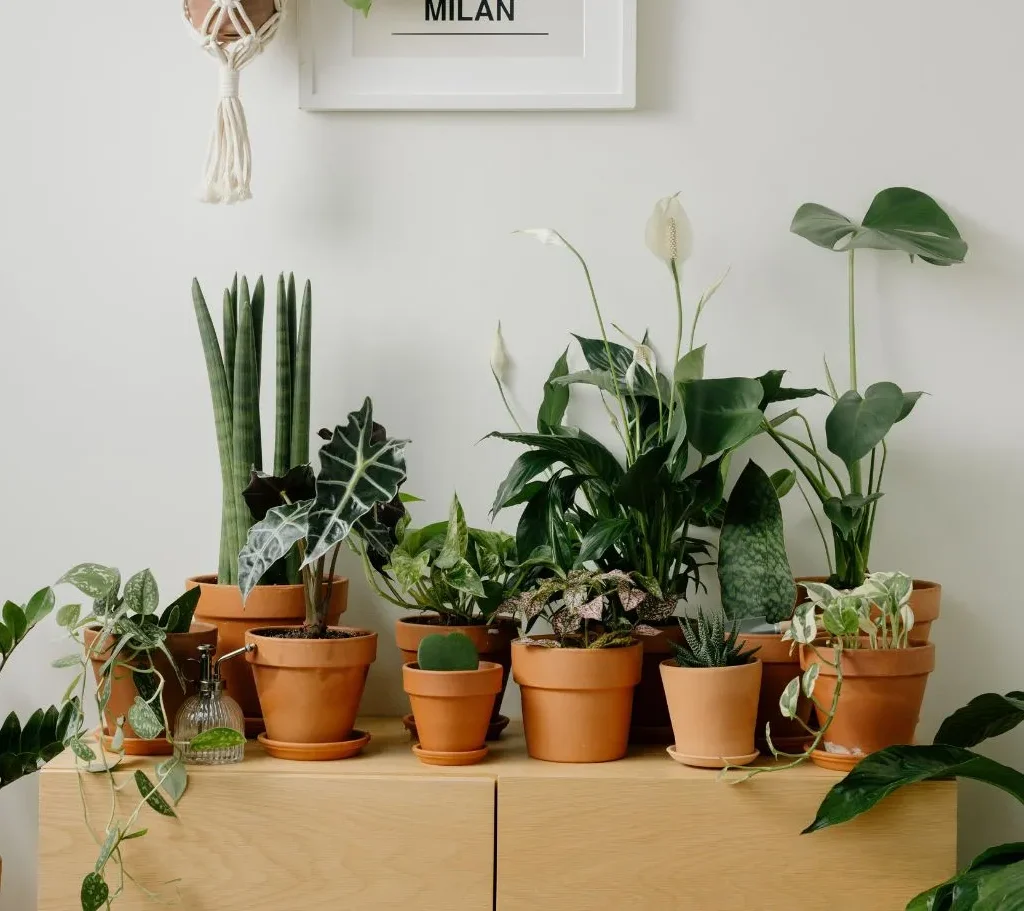
While snake plants can go weeks without water, chronic underwatering eventually stresses them out. Here’s what to look for:
Wrinkled, Shriveling Leaves
A telltale sign of dehydration is when the leaves begin to wrinkle, pucker, or shrivel. This is the plant’s way of conserving water as reserves deplete.
Crispy, Brown Leaf Tips or Edges
When a snake plant doesn’t receive enough water, the leaf tips and edges dry out, turning brown and crispy. This typically starts at the tips and progresses downward.
Dry, Compacted Soil
If the soil pulls away from the edges of the pot or feels bone dry even a few inches deep, it’s a strong indicator the plant needs a drink.
Slow or Stunted Growth
If your snake plant stops producing new leaves during the active growing season (spring and summer), it might be lacking adequate water to fuel growth.
Drooping, Limp Leaves
Although overwatering also causes drooping, dehydrated snake plant leaves often become thinner, softer, and lose their upright form. The key difference is the soil will feel dry in this case.
How to Balance Watering for Snake Plants
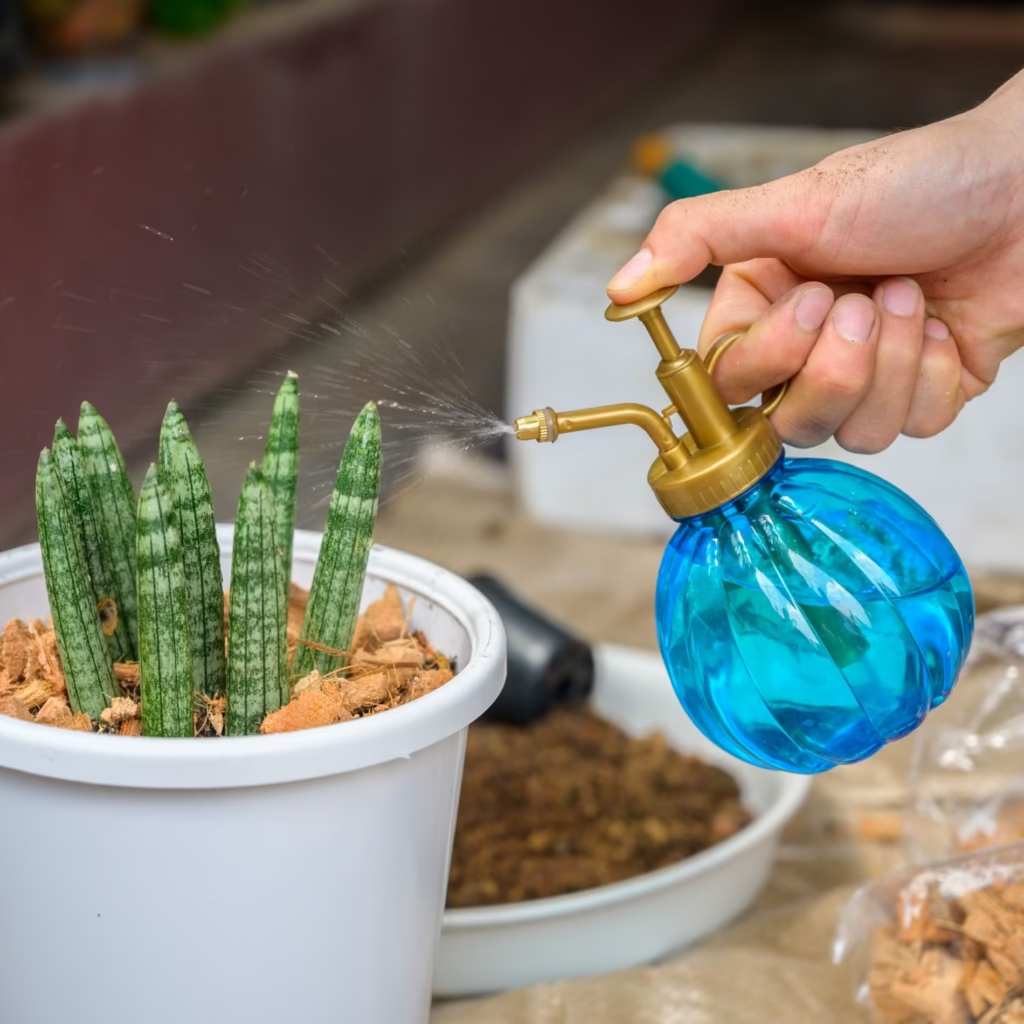
Since both too much and too little water can harm your snake plant, let’s outline how to achieve the perfect balance:
Watering Frequency
- Spring and Summer (active growing season): Every 2–3 weeks or when soil dries out.
- Fall and Winter (dormant period): Once every 4–6 weeks, or when soil is completely dry.
Use Well-Draining Soil
A light, gritty mix like cactus or succulent potting soil with added perlite or coarse sand ensures water drains quickly and prevents waterlogging.
Ensure Drainage Holes
Always use pots with drainage holes. Avoid decorative outer pots that trap excess water unless regularly emptied.
Adjust for Environment
- Bright light and warm temperatures require more frequent watering.
- Low light and cooler rooms slow down water absorption, so water less often.
Perform the Finger Test
Insert your finger 2–3 inches into the soil.
- If it feels dry, it’s time to water.
- If it’s damp, wait a few more days.
How to Revive an Overwatered or Underwatered Snake Plant
For Overwatered Plants:
- Remove from the pot and inspect roots.
- Cut away mushy, brown, or black roots.
- Let the plant air dry for several hours.
- Repot in fresh, dry, well-draining soil.
- Water lightly after a week or when the soil feels dry.
For Underwatered Plants:
- Water thoroughly, allowing excess water to drain.
- Repeat when soil is completely dry, but don’t overcompensate by watering too often.
- Trim off severely dried, crispy leaves.
Bonus Watering Tips for Snake Plant Care
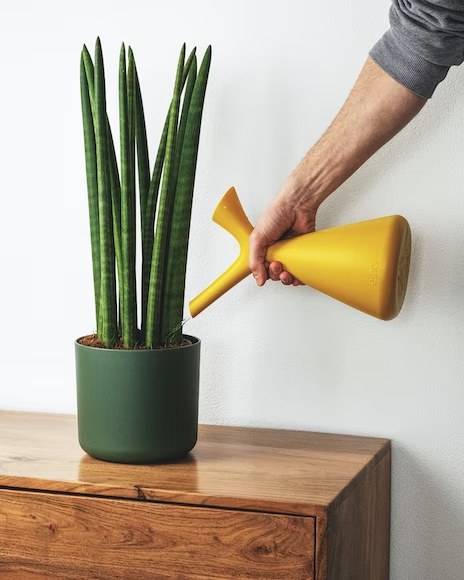
- Use room temperature water to avoid shocking the roots.
- Water at the base of the plant, not on the leaves.
- Avoid using self-watering planters as snake plants prefer drying out between waterings.
- Consider using a moisture meter if you’re unsure when to water.
Final Thoughts
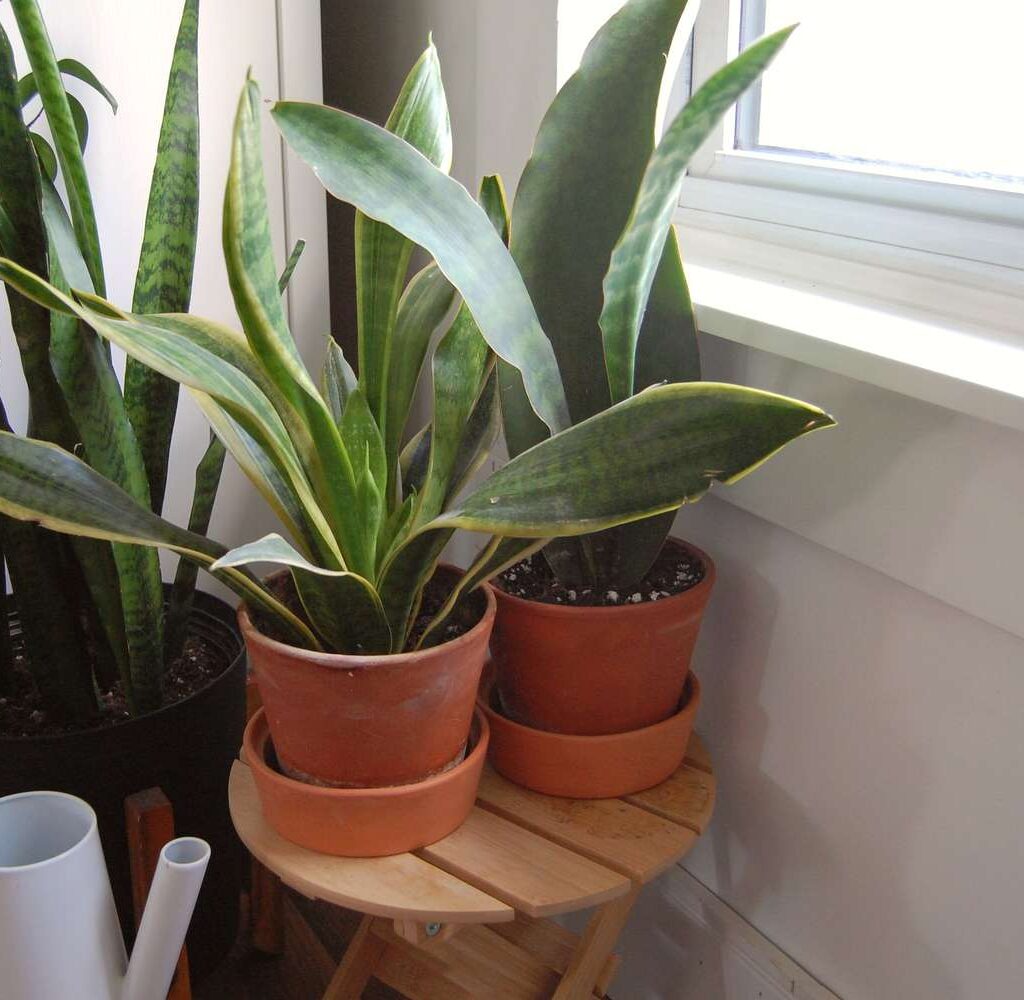
While snake plants are famously easygoing, the key to their long-term health lies in properly managing their water intake. By paying close attention to the physical signs your plant displays — from wrinkled, drooping leaves to yellowing and mushy stems — you can confidently identify whether your snake plant needs more or less water.
Remember, it’s better to underwater than overwater a snake plant. With a simple routine of checking soil dryness and observing leaf condition, your snake plant will thrive, adding elegance and fresh, clean air to your space for years to come.



